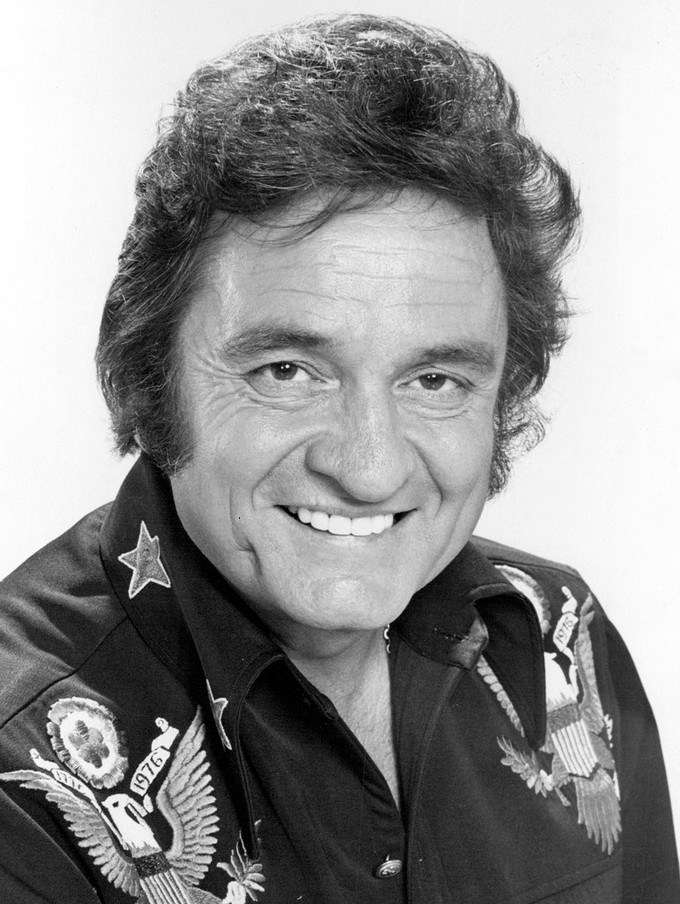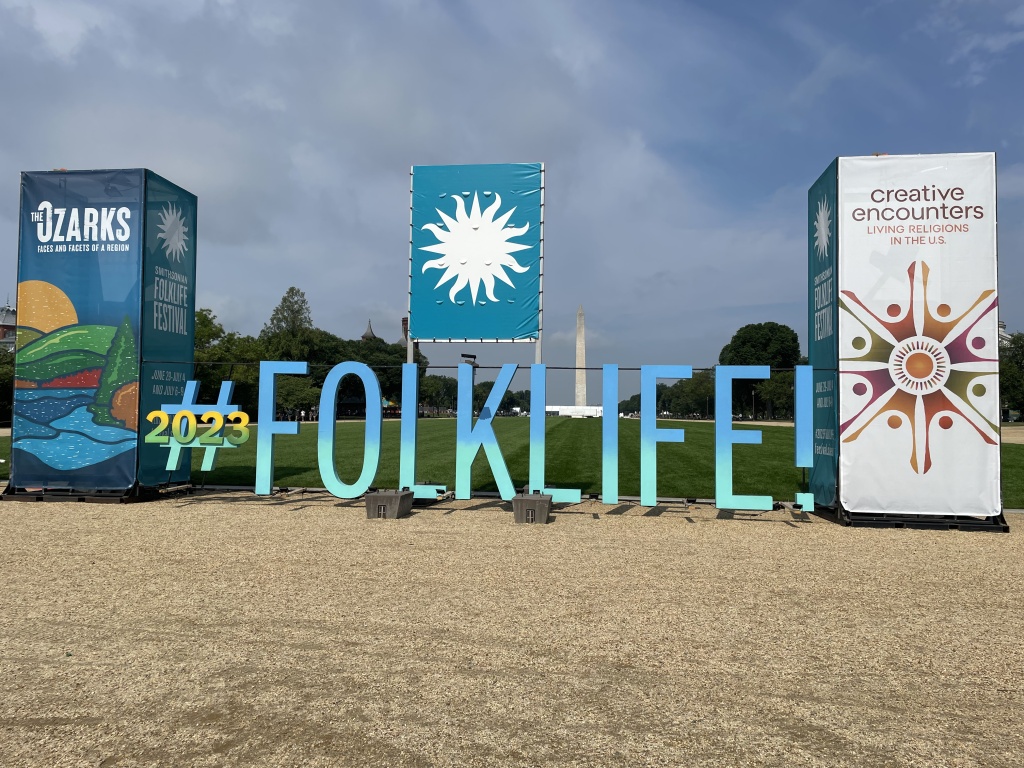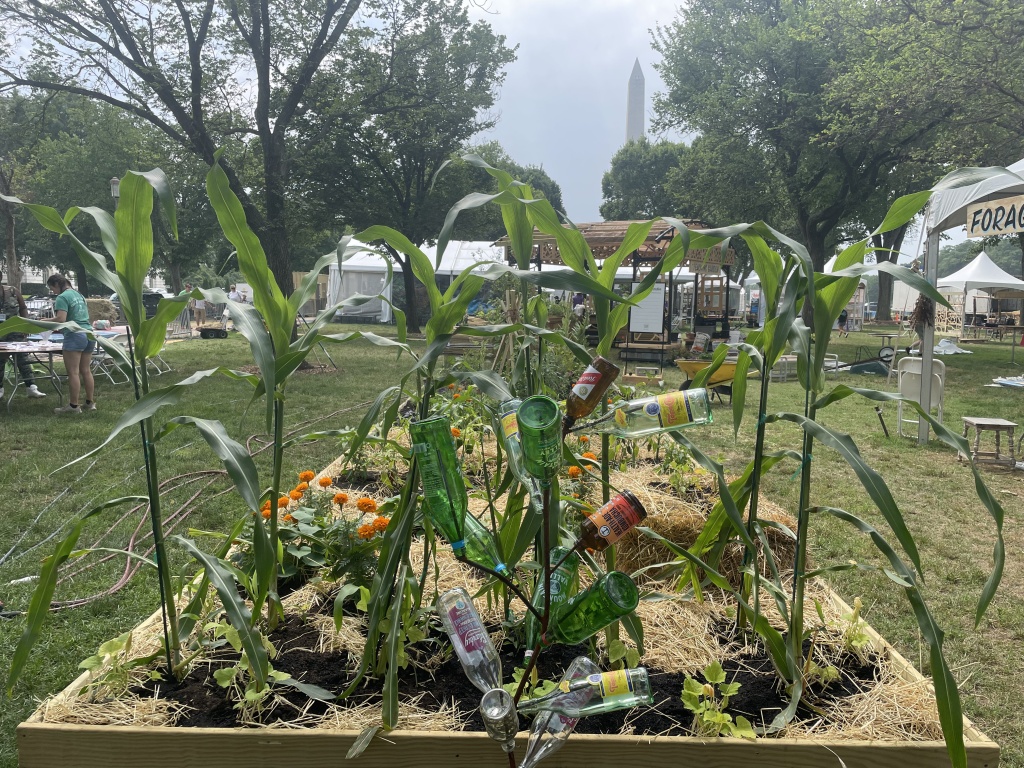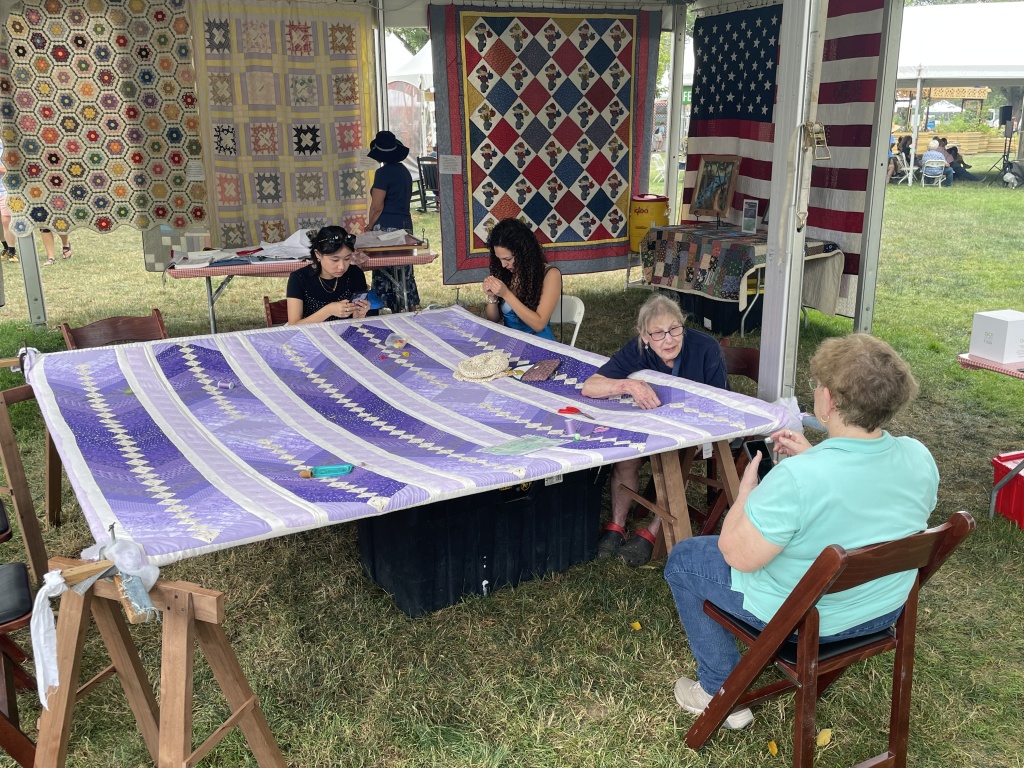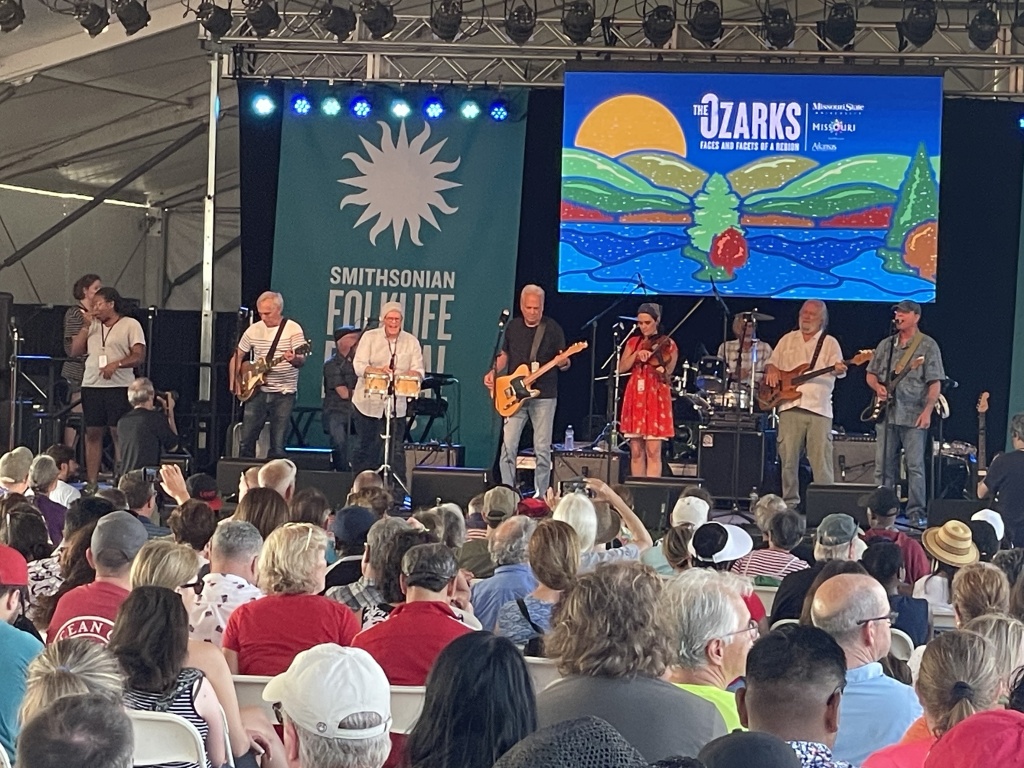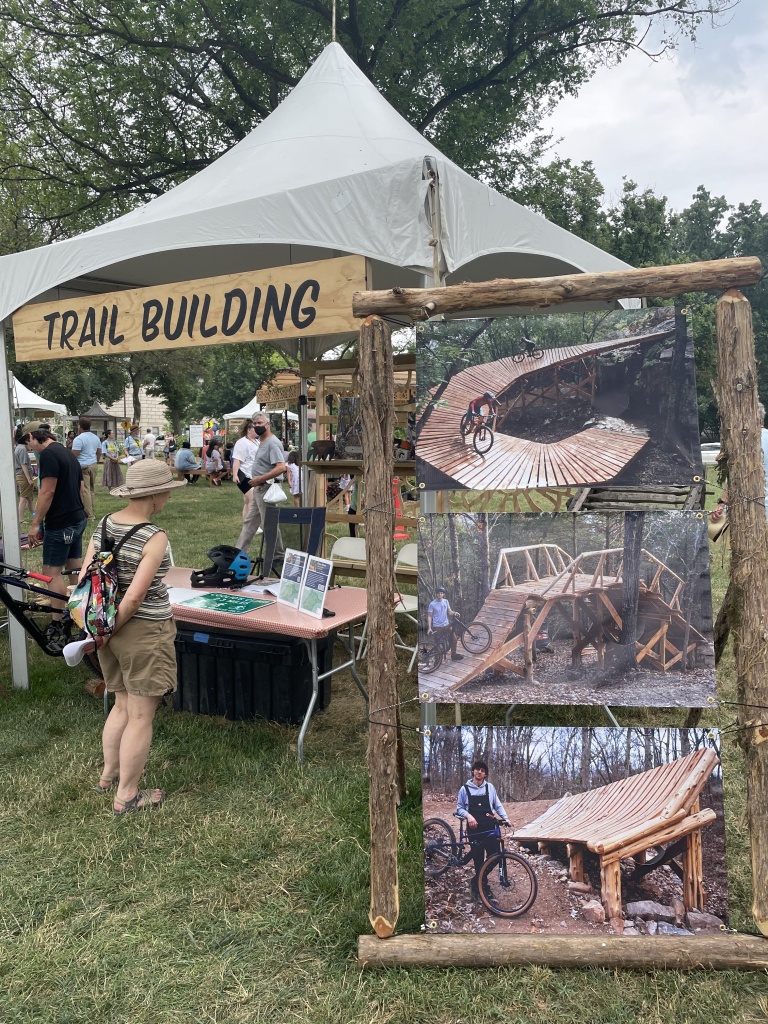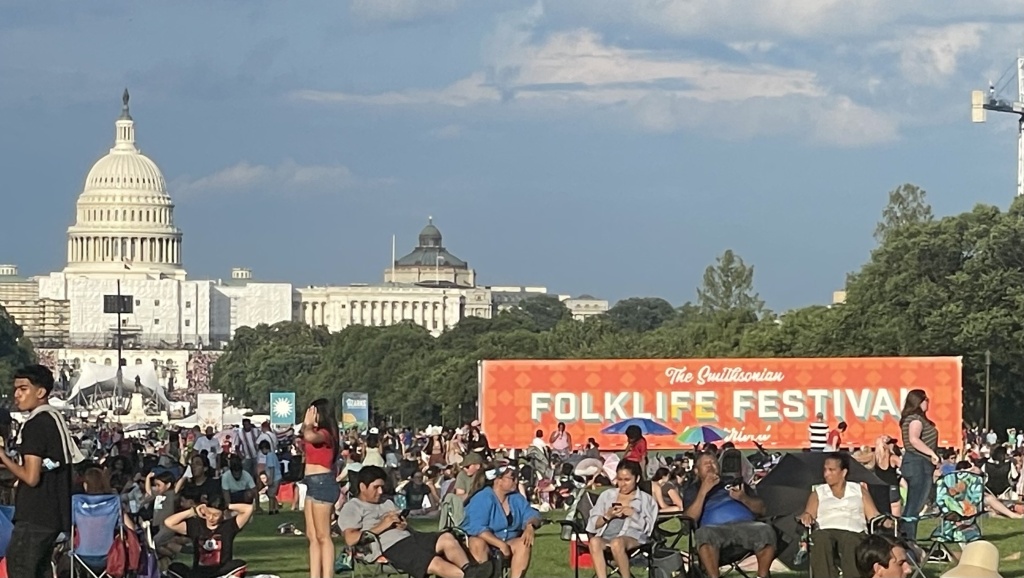Over the last few years, I have been on a binge reading books about the human species — everything from how we got here to where we might be going. These studies have explored topics such as evolutionary biology, immunology, sociology, psychology, futurology, and perhaps a few other ologies I can’t identify. Mostly, these books have been enlightening, informative, and even entertaining at times. I decided to share some of my favorites here.
Undeniable: Evolution and the Science of Creation by Bill Nye (audio version)
It takes a special talent to translate complicated scientific principles to lay readers like me. One of my favorite scientists who excelled at it was Carl Sagan, so it was no surprise to learn that Bill Nye was a student of Sagan. I have read and listened to many books through the years exploring the topic of evolution, and this is certainly one of the most accessible. The inspiration for this book comes from a debate the author had back in 2014 with Ken Ham, founder of the Young Earth creationists. He spends some time in the first part of the book presenting the major points he and Ham made in the debate, and he refers to the event on several occasions in subsequent chapters. In reality, the debate is just a launching point. Nye’s discussions mostly focus on science, leaving creationism in the dust.
Bringing to the table his skills as an entertainer, a television personality, and a fine writer, Bill Nye presents a fine overview of evolution — not just human evolution, but evolution of life on this planet and even speculation on how life may have evolved and may still be evolving elsewhere in the universe. Hearing him read his own book makes the narrative even more compelling, and his quirky sense of humor keeps it from getting dry or boring. Bill Nye is still making science fun! Highly recommended for readers who like popular science and aren’t looking for too much detail or depth.
The Story of the Human Body: Evolution, Health, and Disease by Daniel H. Lieberman
Lieberman takes a different approach to evolution and human origins than what I have seen thus far in most books. Using human evolutionary principles to explain the development of environmentally and socially induced medical problems turns out to be astounding, and for the most part, convincing. The author uses the latest fossil evidence to provide a chronicle of the development of modern humans, tracing our origins back to the earliest hominids and even more archaic common ancestors. Perhaps this discussion gets a bit too deep in the weeds for the ultimate purpose of the book, but I have always been interested in the topic and didn’t mind the extensive review. Readers who are short on time can probably skip the first section on human origins and still benefit from the rest of the book.
Lieberman uses terms like “mismatch” and “de-evolution” to explain how human culture, especially in affluent parts of the world, has facilitated ailments or diseases that are partially if not completely avoidable. As humans moved away from being hunters/gatherers to farmers and eventually industrialists, we developed some rather bad habits of excess and self-indulgence that our bodies have not evolved to handle very well. Instead of addressing the root causes of the problems, we have used our well-developed brains to create methods of treating the symptoms with varying degrees of success.
It seems to me that Lieberman’s observations are indisputable when he writes about unhealthy diets and sedentary lifestyles resulting in illnesses such as type 2 diabetes, high blood pressure, and heart disease. Toward the end of the book he employs more speculation about issues such as overcrowded wisdom teeth, foot problems, and myopia, but even so these chapters are thought-provoking and carefully explored. Lastly, Lieberman is another good writer and joins the league of scientists who can make complex subjects accessible for lay people. Well done.
Behave: The Biology of Humans at Our Best and Worst by Robert M. Sapolsky
If there were one word to best describe Sapolsky’s book in my mind, it would have to be “thorough.” Okay, “long” would work too, but that would make me sound like a simpleton. Truthfully, there were times during this book that I felt like one. Sapolsky spends a good portion of his book explaining how the various systems of the human body work in concert to shape our behavior: the brain, hormones, sensory organs, nerves, etc. For the lay reader, the detailed descriptions of the brain’s components alone, with their complicated functions and not-so-familiar names, are challenging enough. Then again, we are warned by the subtitle that this is a book of biology. Sapolsky provides more neuroscience than most of us probably need in order to accept his conclusions about how the body, right down to the molecular level, functions with our environment, circumstances, and experiences to make us behave or misbehave. Honestly, at times it gets a bit laborious.
The author’s amount of documentation is staggering. He addresses a host of other scientists and social scientists whose research in human behavior parallels his own, and I think his treatment of them is respectful and fair, even though he may disagree with their findings. He is also never short on evidence and examples to substantiate his own findings, sometimes to a fault. He has a tendency to repeat historical events to support his claims, such as the World War I Christmas truce of 1914 between British and German soldiers or the My Lai Massacre on March 16, 1968 during the Vietnam War.
Getting to the heart of this book is difficult without resorting to cliché and oversimplification. By the time I finished, I had decided that human behavior is complicated and that there are far too many internal and external factors involved to come up with a unified theory on why we do what we do. Evolution, genes, DNA, secretions, and synapses all play their part, but they are no more essential in our actions than upbringing, peer pressure, education, traditions, and a whole host of outside influences. Our behavior is shaped as much by what happened to our hominid ancestors thousands of years ago as it is by what happened to us an hour before we committed some act of compassion or cruelty. On a grand scale, our behavior as a species is somewhat predictable. On an individual level, not so much.
This is a book worth reading, even though it will occupy many hours of your time. Aside from the science and psychology, it’s entertaining. Sapolsky is quite funny, blending in pop culture references, occasional profanity, and good old clever wit. He has a talent for breaking down intricate scientific principles with common, everyday illustrations to which almost anyone can relate. For those who have a serious interest in this area of study, Behave is worth the time. I predict it will be an important addition to the scholarship for years to come.
Human Errors: A Panorama of Our Glitches, from Pointless Bones to Broken Genes by Nathan H. Lents
It is clear from early on in his book that Lents has a side motive in this study, which is to dispel the myth of intelligent design in biology, specifically human biology. The paraphrased common refrain throughout the book is “if you were an engineer tasked with designing the human body, this is not the most efficient means by which to achieve the goal.” One of the most interesting parts of the book to me is the assortment of problems humans have as a result of not yet fully evolving to upright, bi-pedal locomotion. Many of our joints and bones are subject to easier injury. Our sinuses try to defy gravity by draining upward instead of downward. And then there is the deadliest problem of all — women trying to give birth to infants with big heads through a narrow pelvis.
Although the author focuses on human “errors,” he also mentions when other species do or do not share our evolutionary challenges. Readers are given detailed explanations of issues associated with vision, swallowing and breathing through the same tube, diet, vitamin production, reproduction, immunity, and even cognition and social interaction. He will perhaps lose a few readers toward the end of the book when he explores the prospect of immortality, which delves a bit deeply into the speculative.
As other scientists have observed (like Lieberman above), Lents argues that modern technology and especially modern medical advances have made, and will continue to make, evolutionary adaptations unnecessary, thus altering the “survival of the fittest” model of passing on genes from one generation to the next. I suspect the jury is still out on whether or not that modification will be beneficial to our species in the long run.
Superhuman: Life at the Extremes of Our Capacity by Rowan Hooper
I have read other books about people with extraordinary abilities (memory, strength, musical talent, etc.), but Hooper covers a range of amazing traits and characteristics, some of which are not so mysterious but nevertheless admirable. He includes individuals who have faced incredible injury, disability, and other challenges with remarkable grace and joy. He even explores what it means to be happy. I found the chapter on sleep and dreams the most fascinating of all. It’s an uplifting exploration of humanity and the potential of our species.
Why We Sleep: Unlocking the Power of Sleep and Dreams by Matthew Walker
Speaking of sleep, here’s a book that received considerable attention in the media. Perhaps a more accurate title would be Why We Must Sleep. Adding “dreams” in the subtitle is almost a ruse to attract more readers, but we can give Walker a break here – he does include a discussion on dreams, but it is not even close to being the main attraction. Nor should it be. This book explores the necessity of sleep while explaining in detail its different phases and their importance. The author freely admits in the opening pages that he loves sleep, and he has obviously devoted his career to the study of it, not just in humans, but many species.
The overwhelming conclusion is that sleep is not an option nor a luxury. It is absolutely essential to survival. Perhaps most of us could have guessed that, but Walker presents us with an ocean of data to prove it and drive the point home convincingly. There are some fascinating stories in this book about sleep research that most of us have never dreamed of (sorry), and again, not just on humans.
The major takeaway from the book is simple. In order to remain healthy and happy, people need to be consistently getting 7-8 hours of sleep a night (9 hours wouldn’t hurt, but don’t go far beyond that threshold). Walker argues, not always convincingly but most of the time, that sleep deprivation can harm us in almost every way we can fathom — physically, mentally, and emotionally. I expected him at any moment to write, “You know that ingrown toenail that’s been bothering you for the last few weeks?”
Anybody who cares anything at all about general health and how to improve it should read this book. Of course, anyone interested in sleep has to read it. I can’t imagine a more thorough study of the subject for a popular audience. Fair warning: Walker is a scientist and a purist. He is laying out the facts to the best of his knowledge, which is extensive. There is no sensible approach or moderation, no wiggle room. If you want the very best sleep, and by extension the best health, you have to give up everything that hinders sleep, including alcohol, caffeine, jobs that interfere with sleep schedules, late-night activities, etc. And don’t even think about sleeping pills! Therapy is the ONLY answer to sleeping disorders. This level of slumber austerity is going to be rejected by most people, but at least we can be better aware of how important sleep is to our well-being and do our best to get a little, or a lot, more shut eye.
Sapiens: A Brief History of Humankind by Yuval Noah Harari
I know this book gets dinged by reviewers for some outrageous claims, unsubstantiated conclusions, and superficial treatment of 100,000 years worth of history. Much of the criticism is warranted. For instance, one of Harari’s recurring suppositions is that humans from the past, although they lived in more hostile environments, were no less “happy” than people in modern civilization. This revelation shouldn’t come as a surprise if we consider that humans can only truly appreciate the living conditions of the present, not the future. Most of us are content with our world as it is because it is all we know.
Still, Harari is a good writer with some thought-provoking theories. He charts the process of how our modern species won the evolutionary competition to become the dominant primate and eventually reshape the global environment. At times he pushes the iconoclastic approach a bit too far in order to ramp up the buzz factor, and thus more readers. Based on the sales, his strategy worked. Academic historians are not going to be pleased, and critical readers of history will probably be disappointed. Popular audiences have enjoyed it immensely, and that’s fine. Most readers will take away a few fascinating nuggets from this ambitious survey of human history.
Homo Deus: A Brief History of Tomorrow by Yuval Noah Harari
Harari waits until the very end of his book to tell readers that the previous 450 pages of forecasting are not really a prophesy, only an exploration of possibilities. Some of the ideas will sound ridiculous, but many of them are certainly plausible. The discussion of a hybrid creature combining human and machine that could possibly surpass homo sapiens to become the dominant species is not so far fetched. Interestingly, Harari spends an unusual amount of time near the beginning of the book writing about religion and its impact on human evolution and modern society, which may explain the title. It’s almost as if this could be two different books. The only place that the book became tiresome for me was the final chapter on data. If I had to classify it, I would describe Homo Deus as speculative nonfiction. I think his previous book, Sapiens, is more important. If we don’t take it too seriously, Homo Deus is a fun and intriguing read.
